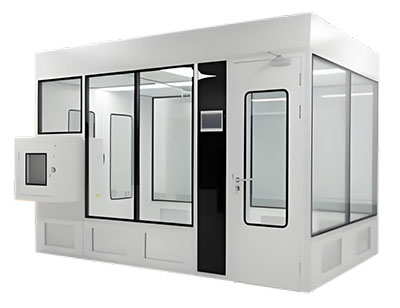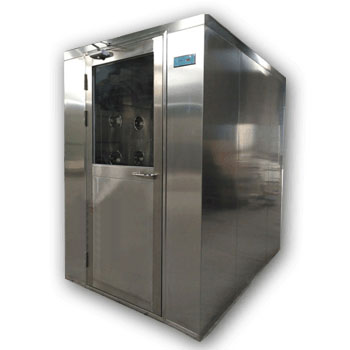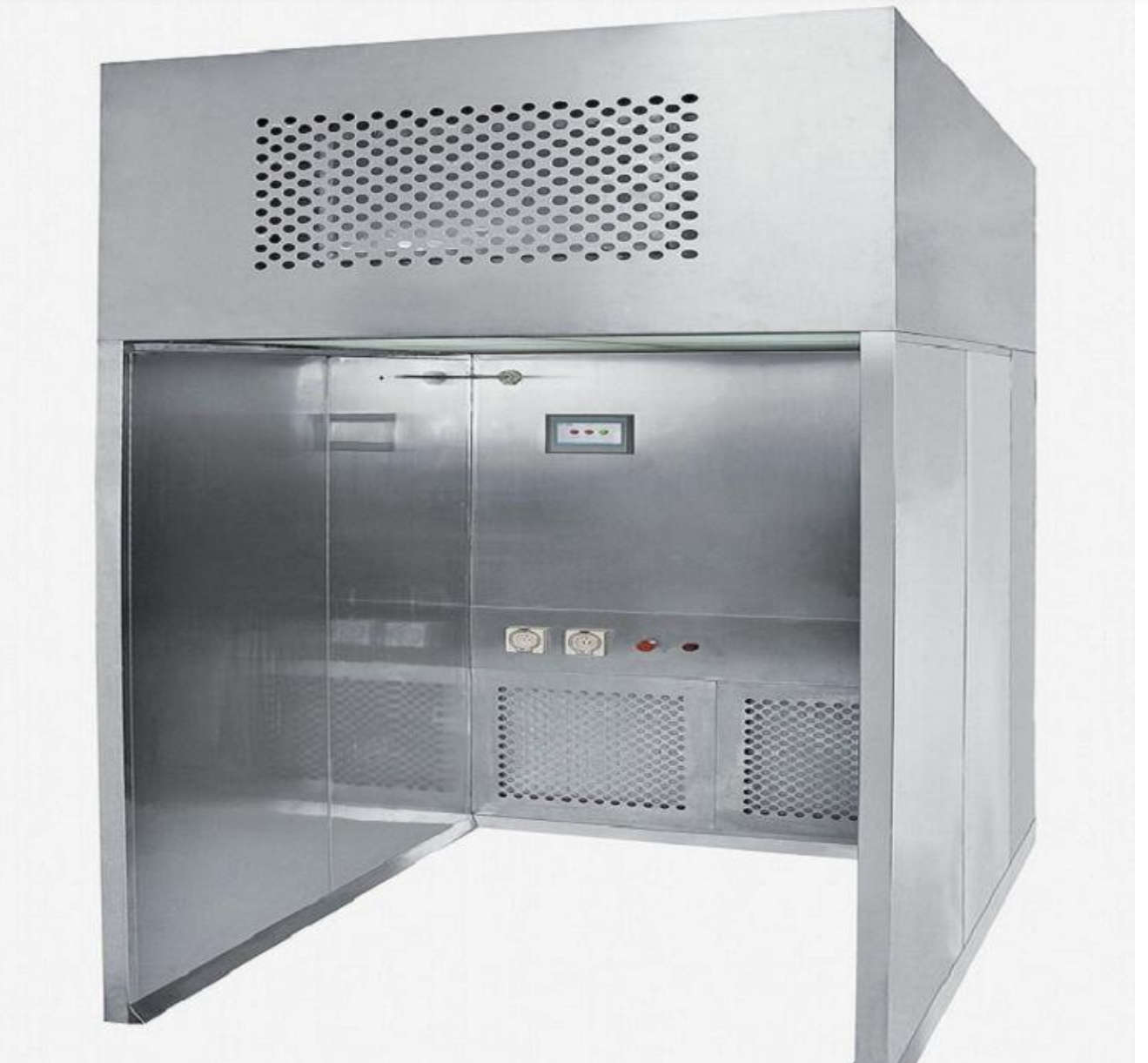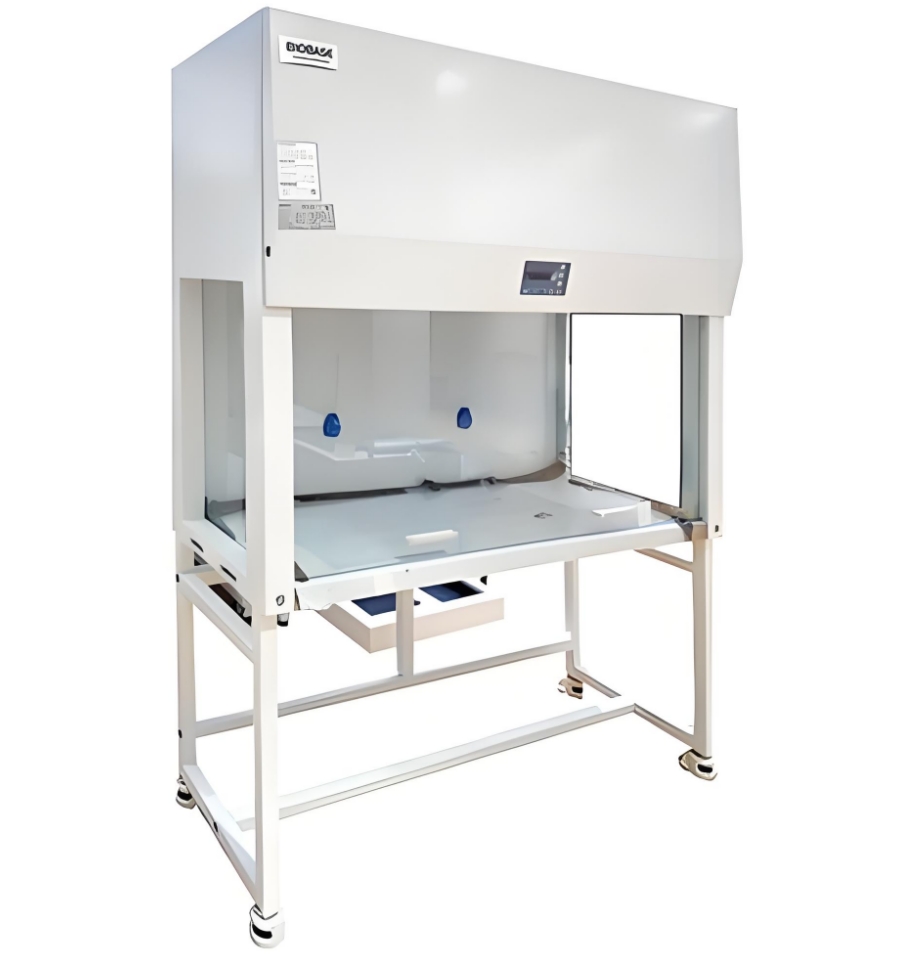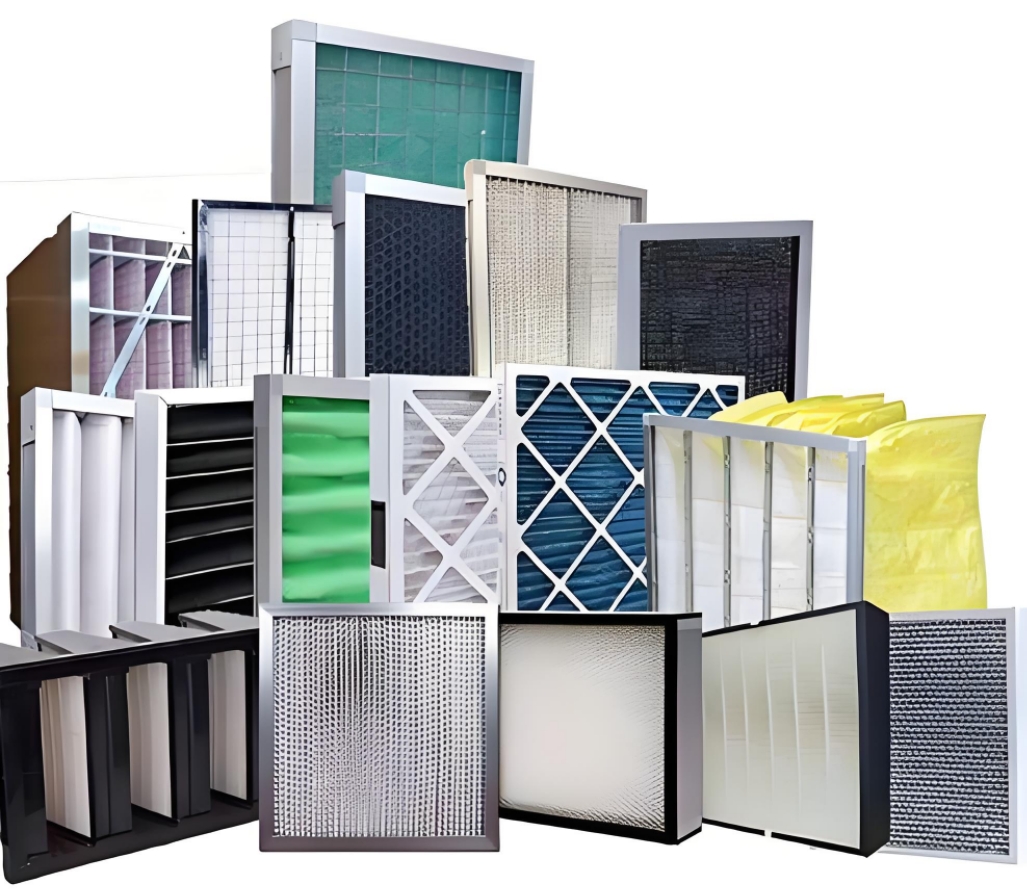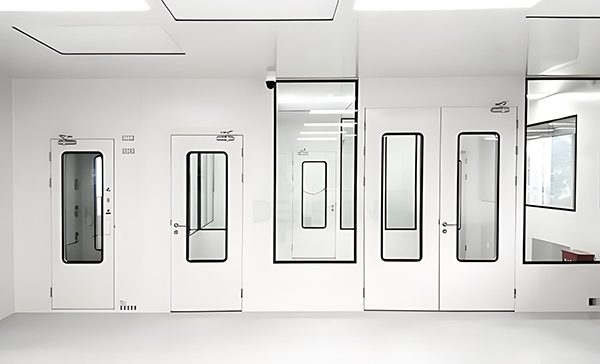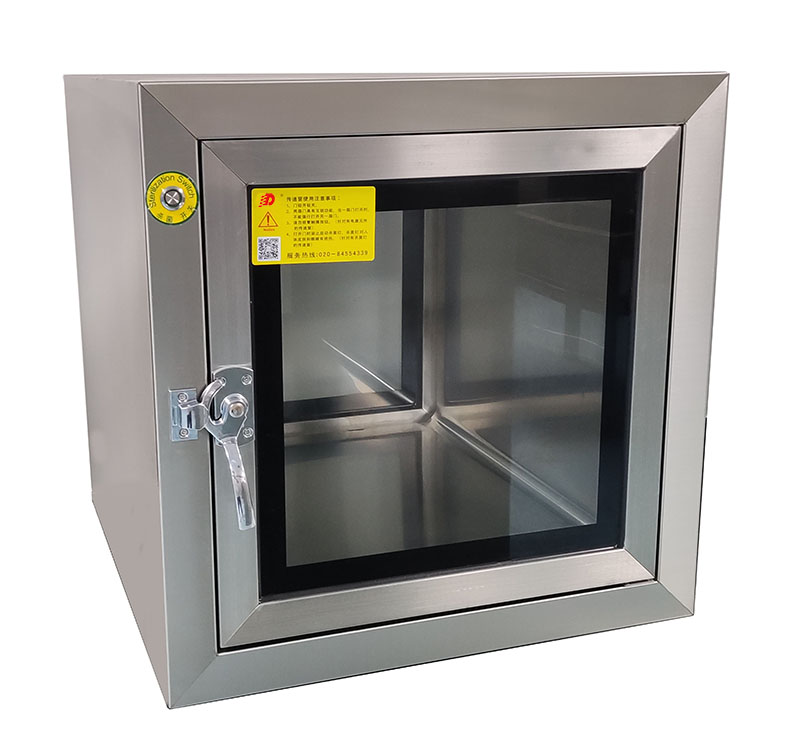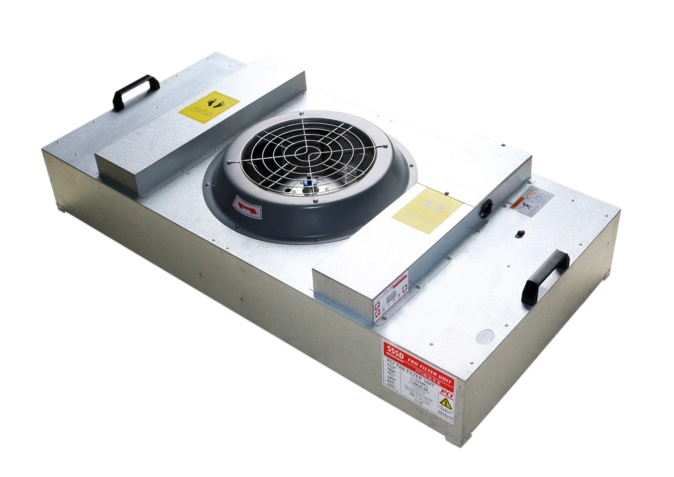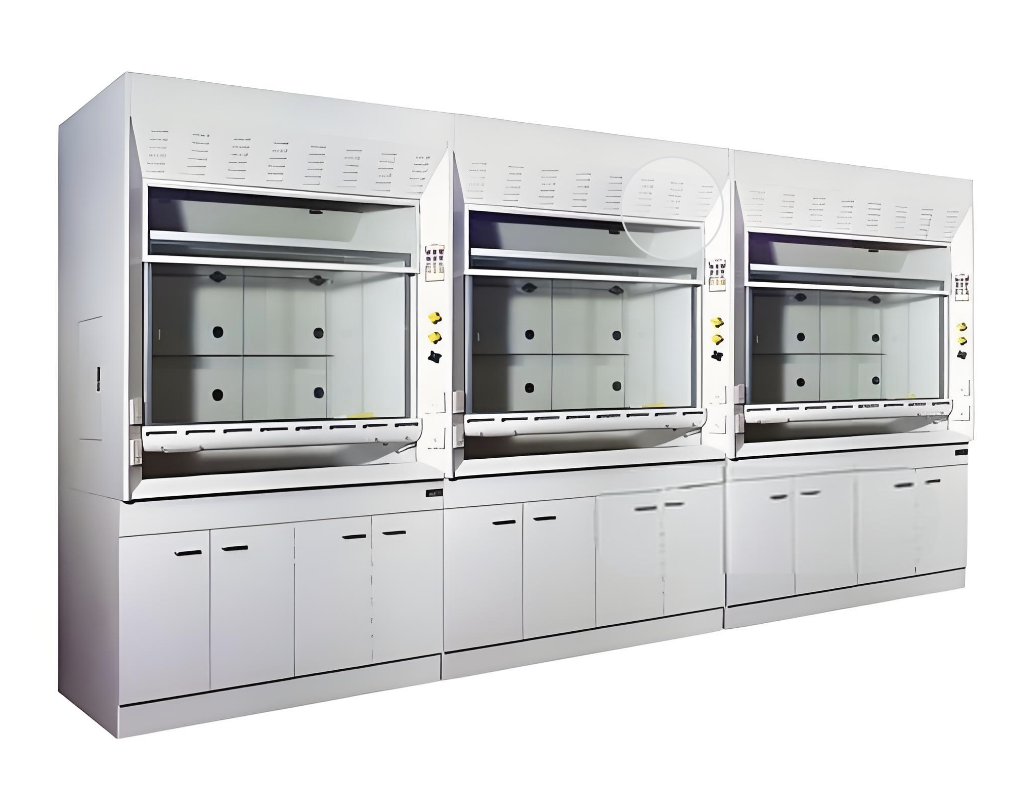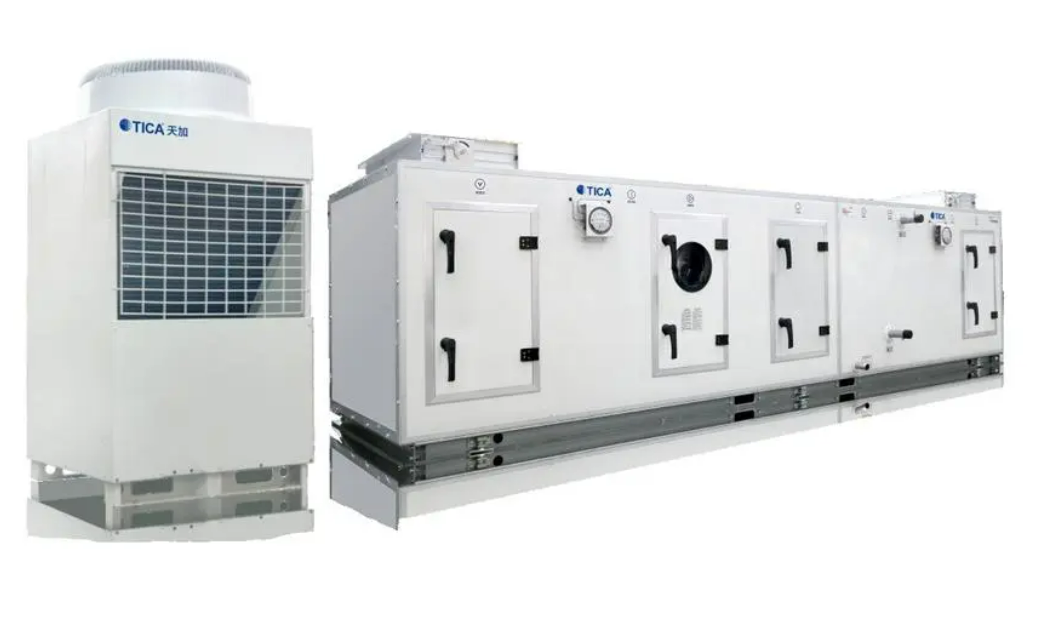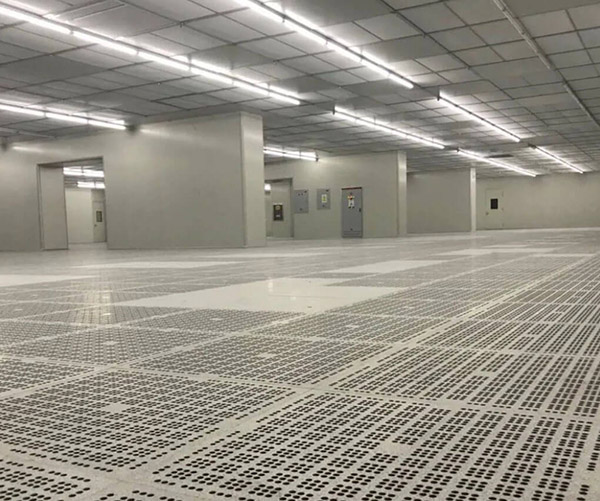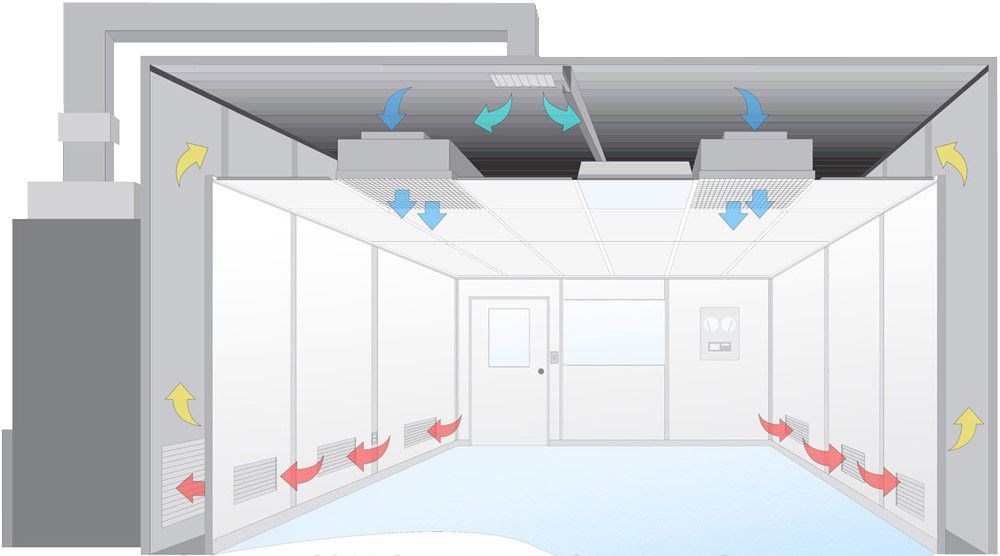Creating an ISO 7 Cleanroom is about maintaining precise control over the environment to ensure high-quality production or research conditions. These cleanrooms are crucial for industries like pharmaceuticals and Electronics, where even minor contamination can lead to significant issues. Let’s delve into what makes an ISO 7 cleanroom effective and explore the key factors involved in its construction and operation.
Particle Count Limits
ISO 7 Cleanrooms are designed to handle up to 352,000 particles per cubic meter for particles that are 0.5 microns or larger. This level of control minimizes contamination risks, which is vital in sectors that demand pristine conditions. By adhering to these standards, set by the ISO 14644, environments remain suitable for sensitive operations.
Deiiang™, renowned for its precision engineering, incorporates advanced filtration systems to keep particle counts within allowable limits, ensuring compliance and operational efficiency.
ISO 14644 Particle Count Standards Comparison
| ISO Class | Particles ≤0.1μm | Particles ≤0.5μm | Particles ≤5μm |
|---|---|---|---|
| ISO 5 | 100 | 1 | 0 |
| ISO 6 | 1,000 | 10 | 0 |
| ISO 7 | 352,000 | 3,520 | 29 |
| ISO 8 | 3,520,000 | 35,200 | 290 |
Air Changes per Hour (ACH)
Air changes per hour (ACH) in an ISO 7 cleanroom typically range from 60 to 90. This frequency of air exchange is crucial for removing particulates and maintaining temperature and humidity levels. ACH helps ensure that any contaminants introduced into the environment are swiftly removed or diluted, providing a stable atmosphere for sensitive work.
Deiiang Jason.peng designs HVAC systems that optimize airflow precisely to meet these requirements, crucially maintaining the cleanroom’s integrity and functionality.
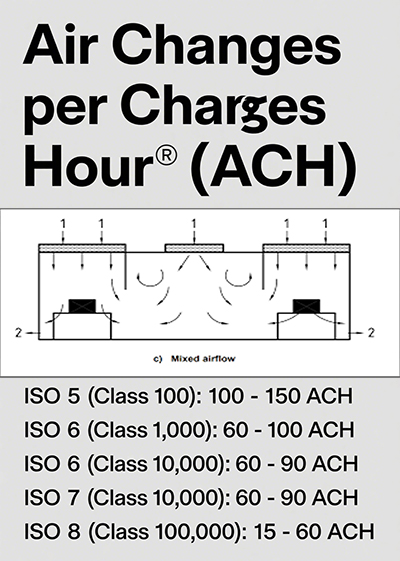
HVAC system for cleanroom air circulation
ACH Requirements by Cleanroom Class
ISO 5 (Class 100): 100-150 ACH
ISO 6 (Class 1,000): 60-100 ACH
ISO 7 (Class 10,000): 60-90 ACH
ISO 8 (Class 100,000): 15-60 ACH
HEPA Filtration
HEPA (High-Efficiency Particulate Air) filters are essential in ISO 7 cleanrooms for removing particulates from the air. These filters capture 99.97% of airborne particles that are 0.3 microns or larger. The use of HEPA filtration confronts contamination, which is a primary concern in ensuring the cleanroom remains within its particle count limits.
Deiiang™ employs top-of-the-line HEPA filtration technology, engineered to provide consistent and reliable performance, thus securing the cleanroom’s environment.
HEPA vs. ULPA Filters
HEPA Filters
99.97% efficiency at 0.3μm
Common in ISO 7-8 cleanrooms
Lower pressure dropCost-effective for most applications
ULPA Filters
99.999% efficiency at 0.12μm
Used in ISO 5-6 cleanrooms
Higher pressure drop
More expensive, higher maintenance
airflow design
The airflow design in an ISO 7 cleanroom is carefully planned to maintain consistent environmental conditions. The layout typically uses a combination of laminar and turbulent flow to ensure that clean air is directed precisely over critical areas while maintaining overall air cleanliness. Proper airflow design is paramount for preventing particle build-up and ensuring the efficient operation of the cleanroom.
Experts like Deiiang Jason.peng utilize innovative design methodologies to enhance air distribution, supporting operational and regulatory standards.
Types of Airflow in Cleanrooms
Laminar Flow
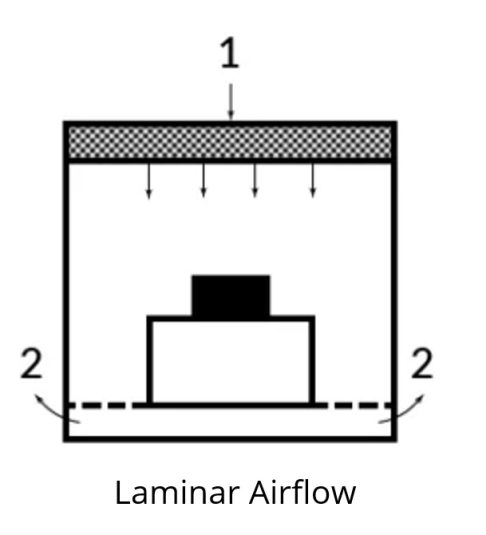
Uniform, parallel airflow that moves in straight lines, ideal for critical areas requiring maximum cleanliness.
Turbulent Flow
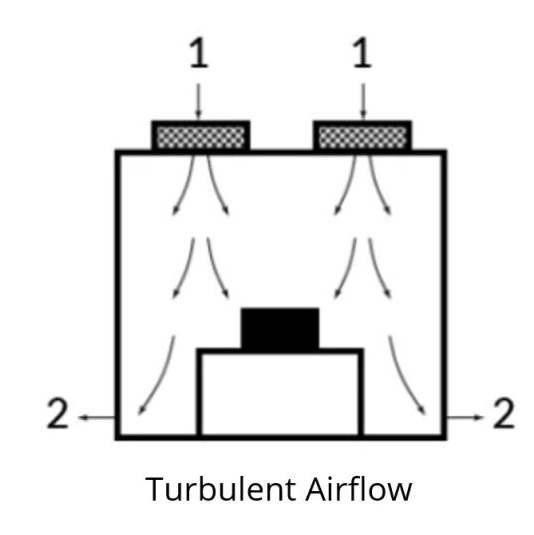
Non-uniform airflow with mixed directions, commonly used in less critical areas of ISO 7 cleanrooms.
Gowning Requirements
Gowning protocols in an ISO 7 cleanroom are fundamental to minimizing contamination. Personnel are required to wear gowns, gloves, masks, and often headgear to protect the clean environment from human particles. Such protocols are necessary to meet GMP guidelines and ISO standards, making sure that every individual entering the space contributes to its cleanliness rather than detracting from it.
Deiiang™ provides comprehensive gowning solutions that align with these protocols, ensuring that the workforce maintains high standards of hygiene.
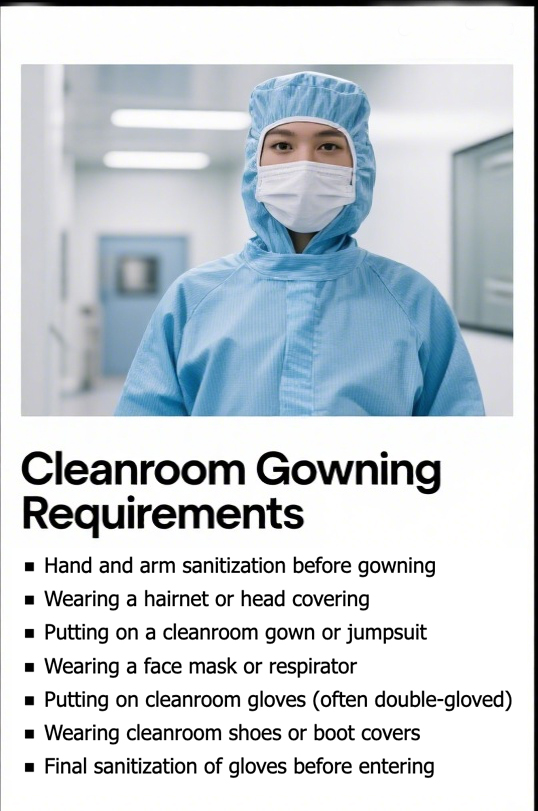
Proper gowning attire for ISO 7 cleanroom personnel
Cleanroom Gowning Checklist
- Hand and arm sanitization before gowning
- Wearing a hairnet or head covering
- Putting on A CleanRoom gown or jumpsuit
- Wearing a face mask or respirator
- Putting on cleanroom gloves (often double-gloved)
- Wearing cleanroom shoes or boot covers
- Final sanitization of gloves before entering
Applications
ISO 7 cleanrooms serve a variety of applications across different industries. They are used in pharmaceutical manufacturing, biotechnology processes, and electronics production, where particle control is paramount to product integrity. Such cleanrooms are also pivotal in research environments, where controlled conditions are necessary for experimentation and analysis.
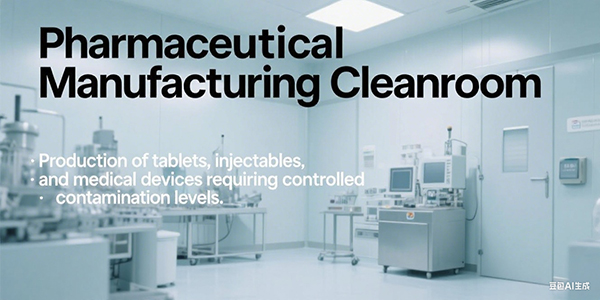
Pharmaceutical Manufacturing
Production of tablets, injectables, and medical devices requiring controlled contamination levels.
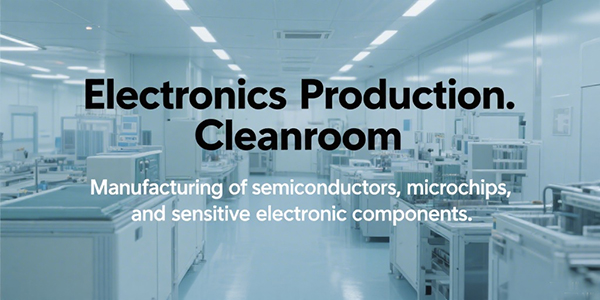
Electronics Production
Manufacturing of Semiconductors, microchips, and sensitive electronic components.
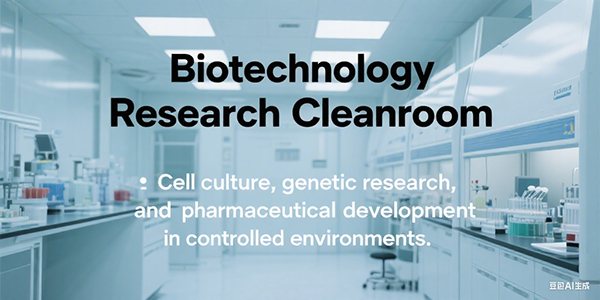
Biotechnology Research
Cell culture, genetic research, and pharmaceutical development in controlled environments.
Construction Cost
The construction cost of an ISO 7 cleanroom can vary significantly based on size, location, and specific requirements, such as advanced HVAC systems and regulatory compliance measures. On average, costs can range from $1,500 to $3,000 per square meter. Key factors affecting cost include the choice of materials, installation of sophisticated air handling systems, and integration of smart monitoring technologies.
Deiiang™ works alongside clients to tailor solutions that fit budget constraints while ensuring that all design and regulatory standards are adhered to, balancing cost with functionality.
Cleanroom Construction Cost Breakdown
| Cost Component | Percentage of Total Cost |
|---|---|
| HVAC System | 30-40% |
| Filtration Systems | 15-25% |
| Walls, floors, Ceilings | 15-20% |
| Electrical & Lighting | 10-15% |
| Testing & Validation | 5-10% |
Conclusion
Developing an ISO 7 cleanroom involves a detailed understanding of particulate management, airflow design, and rigorous adherence to regulations. These elements collectively ensure that the environment remains controlled and compliant, supporting the integrity of operations within. With expertise from industry leaders like Deiiang™ and guidance from professionals such as Deiiang Jason.peng, cleanrooms are developed to uphold standards that are critical for success across various high-stakes industries.
By focusing on key components—from particle count limits to advanced HEPA filtration—these cleanrooms continue to be indispensable assets in the technological and pharmaceutical landscapes.
Complete ISO 7 cleanroom environment for critical operations
© 2025 Deiiang™ - Expert in ISO Cleanroom Solutions
 +86 18186671616
+86 18186671616 Jason@cleanroomequips.com
Jason@cleanroomequips.com
 MENU
MENU

